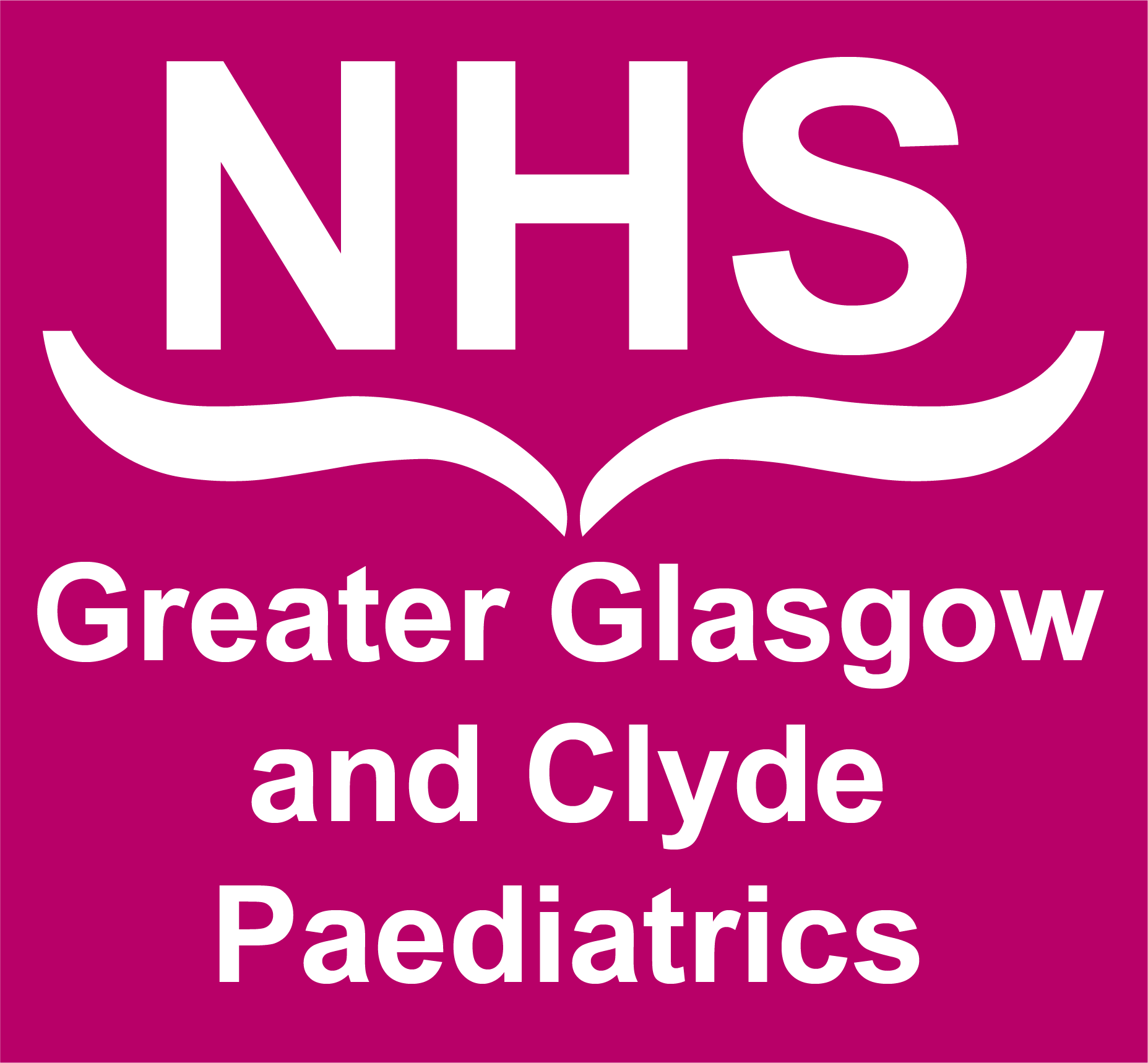Introduction:
- The hand is the most frequently injured body part in children
- The little finger and thumb are the most commonly injured digits
- Crush injuries are the most common injuries in toddlers
- Sporting injuries are the most common in older children
- Most finger fractures if appropriately treated heal without complication
- Complications are often as a result of failure to identify and treat an injury requiring surgery
Clinical Assessment:
- Should record mechanism and site of the injury which is best achieved with a diagram
- Ensure the correct side is identified
- Record hand dominance – which may not be known in young children
- Stability of appropriate ligaments and relevant tendon function should be assessed

Rotational Deformity:
- This should always be assessed and recorded in finger injuries
- Normally when the fingers are fully flexed they should all point to the scaphoid tubercle
- Ask the child to flex the fingers and observe the planes of the nail beds and look for overlapping or scissoring of the fingers
- In a non-compliant child passive extension of the wrist should flex the fingers

Example of rotational deformity of the ring finger
Imaging
- AP and lateral views of specific individual fingers or the thumb should be requested
- An AP and oblique view of the hand should be requested for metacarpals
Management
- The clinician needs to decide if the fracture is open or closed, un-displaced or displaced and stable or potentially unstable. If there is any doubt, the patient should be discussed with the ED Consultant or Middle grade.
- Neighbour/Buddy strapping is the standard treatment for un-displaced stable finger fractures. The adjacent finger acts as a splint for the injured finger. The tape should avoid the PIP and DIP joints.
- Volar Slabs are used for un-displaced fractures which are potentially unstable. They are applied with the hand in the “position of function” with finger MCP joints flexed and IP joints extended which avoids stiffness. A thumb extension can be added for thumb fractures.
- Patients requiring reduction +/- fixation should be referred to the on-call Plastic Surgery Registrar.











